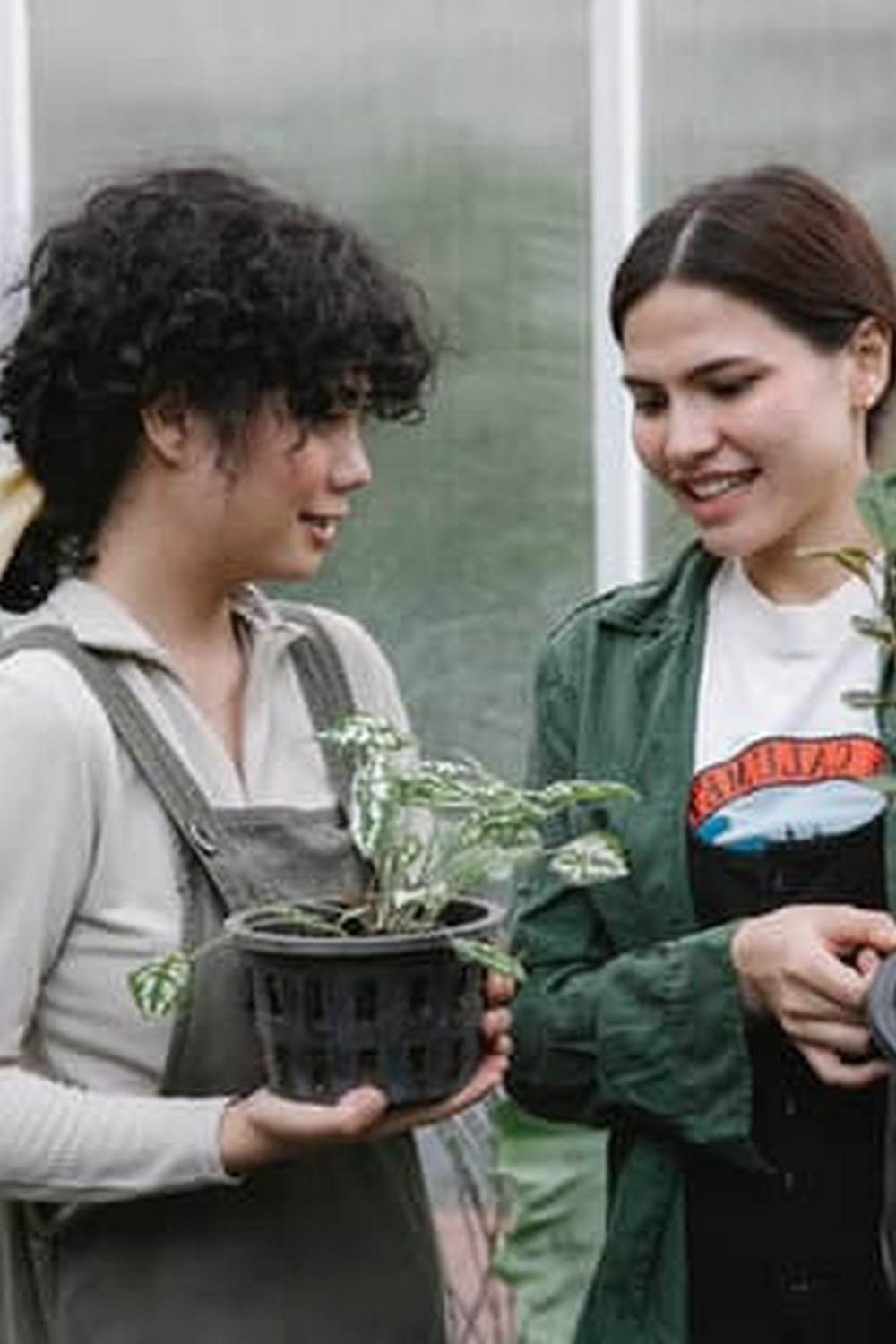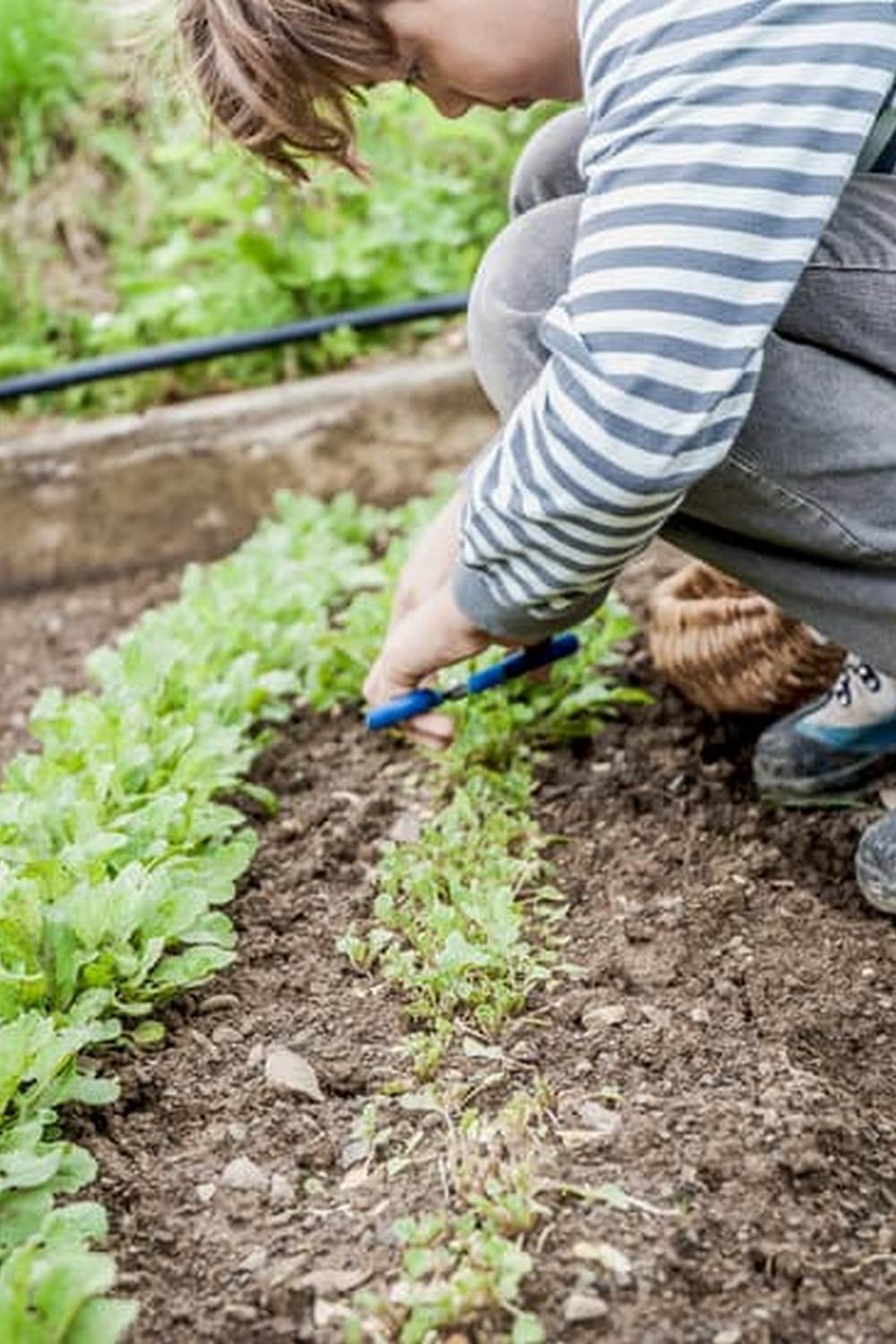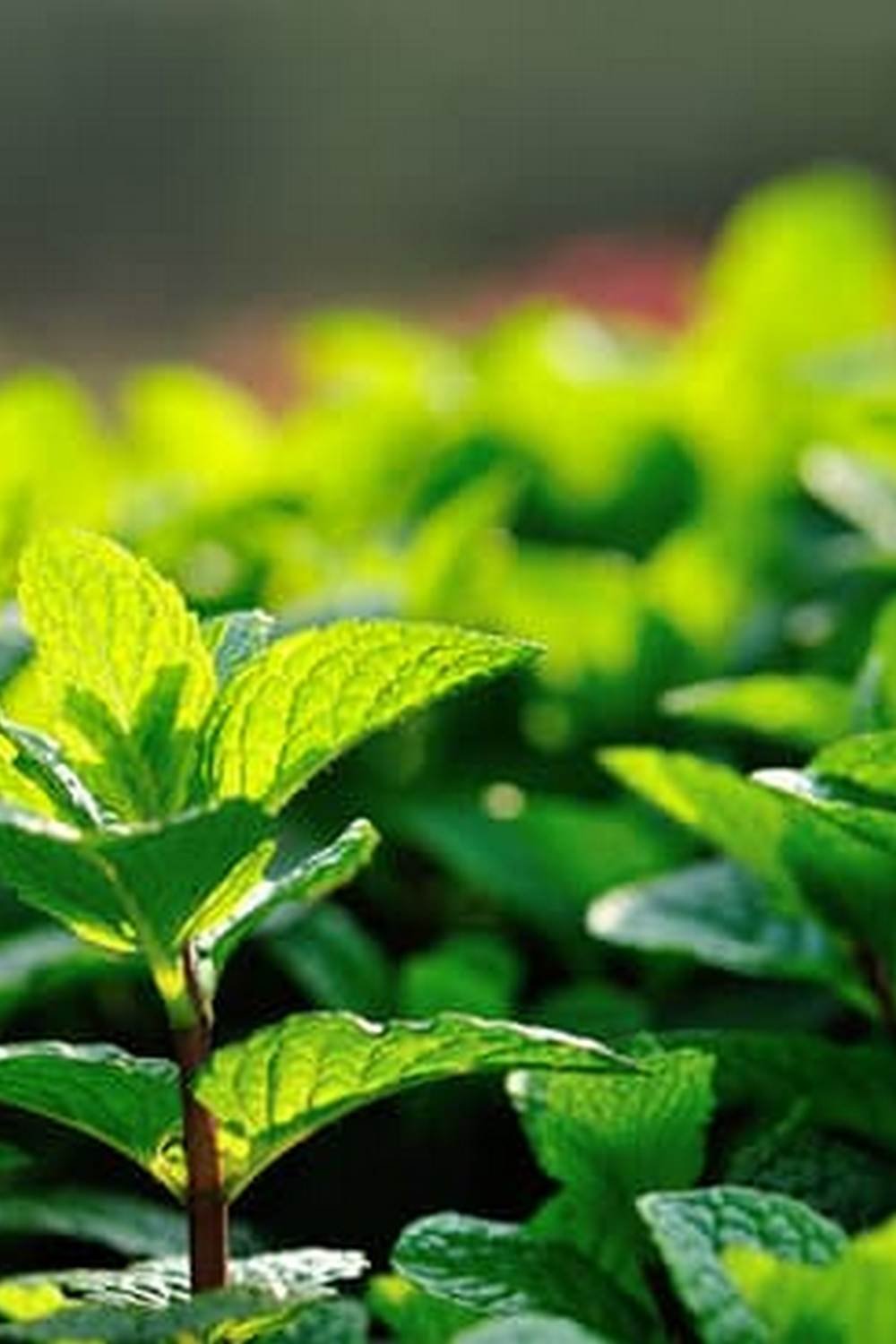Companion Planting Square Foot Vegetable Garden Layout
When you are designing your square foot vegetable garden, you may want to consider companion planting. Companion planting is a practice that is used to improve the overall health and productivity of a garden. There are many different types of companion planting schemes, but most of them rely on the idea that plants have an effect on one another. Some plants are beneficial to one another, while others are harmful.
When planning your garden, it is important to consider which plants work well together and which ones should be avoided. The following is a list of some of the most common companion plants:
Tomatoes and Basil
Tomatoes and basil are two of the most popular crops to grow in a garden. They are also two of the best companions. Basil is known for its ability to repel pests, while tomatoes benefit from the addition of basil, as it helps to improve the flavor of the tomatoes.
Beans and Carrots
Beans and carrots are two more great companions. Beans are known for their ability to fix nitrogen in the soil, while carrots benefit from the addition of nitrogen. The two plants also help to keep each other cool, which is important during the hot summer months.
Cabbage and Dill
Cabbage and dill are another great pair. Cabbage is a member of the Brassicaceae family, while dill is a member of the Apiaceae family. These two plants help to improve the flavor and health of each other. Dill also helps to repel pests.
There are many other great combinations of plants to consider when designing your square foot vegetable garden. By using companion plants, you can help to improve the health and productivity of your garden.
Late Vegetable Garden Planting
There is much debate surrounding the best time to plant vegetables in one’s garden. Some swear by planting early in the spring, while others wait until the late summer or early fall. I am here to tell you that there is no one perfect answer – it all depends on your climate and individual garden.
In my experience, the best time to plant vegetables in a garden depends on the vegetable in question. For example, I have had much success planting early crops like peas and spinach, but I have had to wait until later in the season to plant tomatoes and peppers. This is because different vegetables have different temperature requirements in order to germinate and grow.
If you are unsure when to plant your vegetables, I recommend checking with your local county extension office or doing some research online. There are plenty of resources available that can help you determine the best time to plant your specific vegetables.
In conclusion, there is no one perfect answer when it comes to planting vegetables in a garden. It all depends on your climate and individual garden. If you are unsure when to plant your vegetables, I recommend checking with your local county extension office or doing some research online.
Garden Plot Companion Planting Vegetable Garden Layout
Companion planting is a time-honored technique for organic gardeners. The principle behind companion planting is that certain plants benefit from being grown together, while others are harmed. This is because different plants emit different chemicals that either help or harm their neighboring plants.
The classic example of companion planting is the Three Sisters garden, which consists of corn, beans, and squash. The beans grow up the cornstalks, the squash vines sprawl over the ground, and the corn provides a shady canopy for the beans and squash. The beans fix nitrogen in the soil, the squash spreads out to stop weeds from growing, and the corn provides a structure for the beans to climb.
There are many different companion planting combinations that you can experiment with in your own garden. Here are a few of my favorite combinations:
Carrots and chives: Chives improve the flavor of carrots, and the carrots repel aphids.
Tomatoes and basil: Basil improves the flavor of tomatoes, and the tomatoes repel whiteflies.
Potatoes and mint: Mint repels potato beetles, and the potatoes improve the flavor of the mint.
Zucchini and marigolds: Marigolds repel squash bugs, and the zucchini improves the flavor of the marigolds.
When designing your vegetable garden, it’s a good idea to include a few companion plants to take advantage of these synergistic relationships. The best way to do this is to group plants together in “companion planting pairs.” Here’s an example of a companion planting layout for a small vegetable garden:
In this garden, the tomatoes are planted in the front row, and the basil is planted in the back row. The carrots are planted in the middle row, and the chives are planted between the tomatoes and carrots. The potatoes are planted in the back corner, and the mint is planted in the front corner. The zucchini is planted in the other back corner, and the marigolds are planted in the middle of the garden.
This layout takes advantage of the beneficial relationships between the plants. The tomatoes and basil are planted together to repel pests, the carrots and chives are planted together to improve flavor, and the potatoes and mint are planted together to repel pests. The zucchini and marigolds are planted together to repel pests, and the marigolds are planted in the middle of the garden to repel pests from all of the other plants.
Vegetable Garden Plant Markers
If you are like me, you probably have a vegetable garden. And if you are like me, you probably have trouble remembering what each plant is. That is where vegetable garden plant markers come in to play.
There are many different types of plant markers available on the market. You can find plant markers made of wood, metal, plastic, and even glass. You can also find plant markers in a variety of shapes and sizes. The most common type of plant marker is the stick-shaped marker.
Stick-shaped markers are the most common type of marker because they are cheap and easy to make. They are also easy to find in stores. To make a stick-shaped marker, you will need a piece of wood, a pencil, a knife, and a paintbrush.
The first step is to draw the outline of the marker on the piece of wood. Next, use the knife to cut out the shape of the marker. You can then use the pencil to write the name of the plant on the marker. Finally, use the paintbrush to paint the marker.
If you want to make a metal marker, you will need a piece of metal, a hammer, a nail, and a chisel. The first step is to draw the outline of the marker on the metal. Next, use the hammer and nail to make holes around the outline. Then, use the chisel to remove the metal around the holes. You can then use a pen to write the name of the plant on the marker. Finally, use a paintbrush to paint the marker.
If you want to make a plastic marker, you will need a piece of plastic, a knife, and a paintbrush. The first step is to draw the outline of the marker on the plastic. Next, use the knife to cut out the shape of the marker. You can then use a pen to write the name of the plant on the marker. Finally, use a paintbrush to paint the marker.
If you want to make a glass marker, you will need a piece of glass, a pen, and a paintbrush. The first step is to draw the outline of the marker on the glass. Next, use the pen to write the name of the plant on the glass. Finally, use a paintbrush to paint the marker.
No matter what type of marker you choose to make, be sure to write the name of the plant in a clear and easy-to-read font. This will help you to remember what each plant is.
Raised Garden Vegetable Plants
When you’re considering planting a vegetable garden, you may be wondering if you should start from seeds or plants. There are pros and cons to both methods.
Starting from plants is faster, and you can get a jump on the growing season. However, the plants may be more expensive, and you may not have as much control over the variety of vegetables you grow.
Starting from seeds gives you more variety, and you can choose the healthiest plants. However, it takes longer to get a harvest, and you may have to wait for the right weather conditions to plant the seeds.
If you’re starting a garden from scratch, it’s important to choose the right plants and seeds. Here are a few tips for choosing the best vegetables for your garden:
1. Choose vegetables that are appropriate for your climate.
2. Choose vegetables that are appropriate for your soil type.
3. Choose vegetables that you and your family will enjoy eating.
4. Choose vegetables that are easy to grow.
5. Choose vegetables that are appropriate for your level of gardening experience.
When selecting plants or seeds, it’s important to consider the climate and soil type where you live. Some vegetables, such as tomatoes, are appropriate for a wide range of climates, while others, such as carrots, are better suited for colder climates.
It’s also important to choose vegetables that grow well in your soil type. If your soil is heavy and clay-like, you’ll want to choose vegetables that are tolerant of those conditions. If your soil is sandy, you’ll want to choose vegetables that don’t require a lot of watering.
Finally, it’s important to choose vegetables that you and your family will enjoy eating. Some vegetables, such as broccoli, are not as popular as others. If you’re not sure which vegetables to choose, ask your local garden center for advice.
When selecting plants or seeds, it’s important to consider the level of gardening experience you have. Some vegetables, such as spinach, are easy to grow, while others, such as tomatoes, require more care. If you’re a beginner gardener, it’s best to start with easy-to-grow vegetables.
If you’re starting a garden from scratch, it’s important to choose the right plants and seeds. Here are a few tips for choosing the best vegetables for your garden:
1. Choose vegetables that are appropriate for your climate.
2. Choose vegetables that are appropriate for your soil type.
3. Choose vegetables that you and your family will enjoy eating.
4. Choose vegetables that are easy to grow.
5. Choose vegetables that are appropriate for your level of gardening experience.
When selecting plants or seeds, it’s important to consider the climate and soil type where you live. Some vegetables, such as tomatoes, are appropriate for a wide range of climates, while others, such as carrots, are better suited for colder climates.
It’s also important to choose vegetables that grow well in your soil type. If your soil is heavy and clay-like, you’ll want to choose vegetables that are tolerant of those conditions. If your soil is sandy, you’ll want to choose vegetables that don’t require a lot of watering.
Finally, it’s important to choose vegetables that you and your family will enjoy eating. Some vegetables, such as broccoli, are not as popular as others. If you’re not sure which vegetables to choose, ask your local garden center for advice.
When selecting plants or seeds, it’s important to consider the level of gardening experience you have. Some vegetables, such as spinach, are easy to grow, while others, such as tomatoes, require more care. If you’re a beginner gardener, it’s best to start with easy-to-grow vegetables.

If you’re looking to get into vegetable gardening, or are just looking for some tips on how to make your current garden better, then you’ve come to the right place! My name is Ethel and I have been gardening for years. In this blog, I’m going to share with you some of my best tips on how to create a successful vegetable garden.





